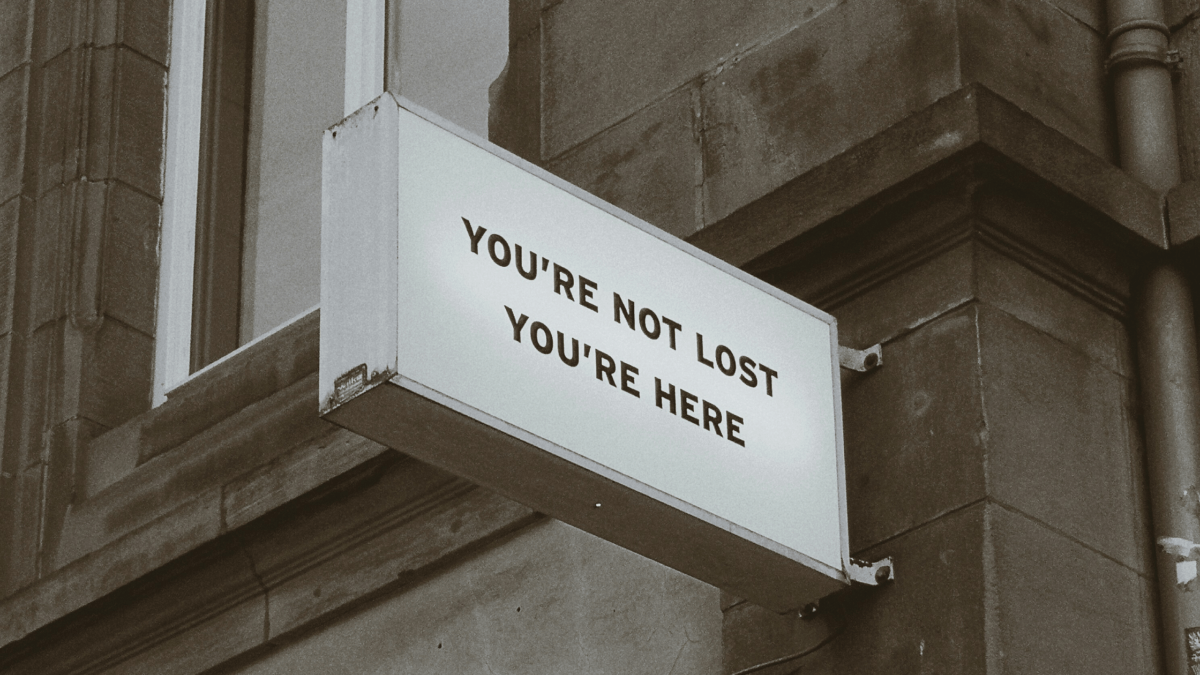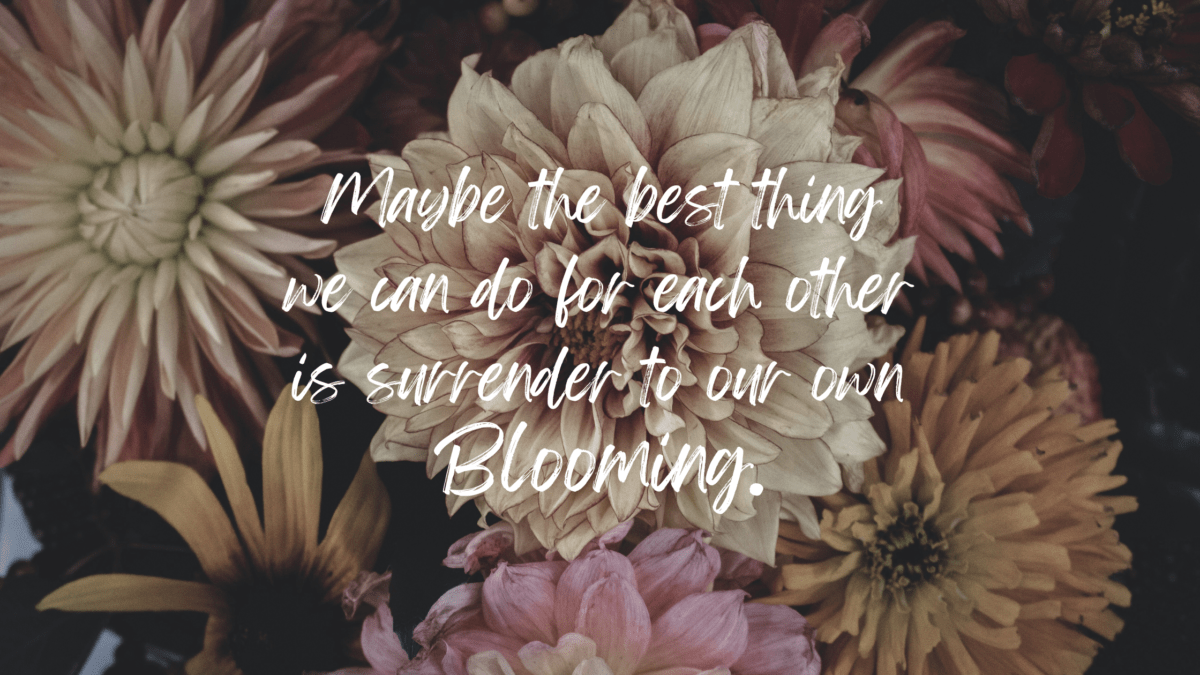Deep girls are the ones who linger in thought long after the conversation ends, who find meaning in the details others might overlook. They are the journalers, the ponderers, the ones who light candles and sit quietly, exploring their own feelings and thoughts.
If you have a deep girl in your life, she’ll be the one who doesn’t do surface conversations or idle chatter. She’ll talk to you about her latest read or something insightful she has learnt. She’ll be the one who is always looking for connections between the world around her and the world within. She loves wisdom, mystery and making things meaningful.
Often deep girls are misunderstood. They think deeply, and often express themselves in ways that others might find hard to grasp. Their introspection can make them appear distant.
For deep girls, being known is not about being noticed or admired on the surface, but about being understood at the core of who they are.
And so, here are a few gift ideas for the deep girl in your life, treasures that inspire reflection, creativity, and connection.
My Books: Gifts of Light and Reflection
If You’re Looking for Brightness
This book is my most recent release, and it’s a collection of poems, reflections, and insights about finding light in life’s complexities. It’s the perfect companion for anyone seeking inspiration and clarity.
A Strong and Fragile Thing
Deep girls love to muse, and this book is brimming with musings in reflection on the wisdom and wonder of the natural world. It’s the perfect companion for her to take out into nature, where she can read and see what rises to meet her.
The Remains of Burning Book and Journal
For the deep girl who is wading through pain and seeking renewal, this book and therapeutic journal is the perfect gift. I wrote it during and after one of the most emotionally distressing periods of my life out of a desire to validate the disqualified and consolidate the grieved. It’s an offering of words for those pained by lost dreams and relationships; words for when what you thought would never happen, happens.
Treasures for Reflective Practice
A Beautiful Journal
A beautiful journal is an essential tool for reflection. Look for one with thick, high-quality paper and an inspiring cover. I recommend journals from Papier or Archer & Olive for their designs and durability.
However, my absolute favourite journals are Paperblanks. Known for their intricate cover designs inspired by cultural motifs, classic literature, and historical art, they feel like holding a piece of art in your hands. The covers often feature textures, metallic foiling, and embossed patterns, giving them a luxurious and timeless appeal.
Luxury Candles
Candles create a calming atmosphere, and deep girls love them as they are perfect for night journaling or calming creative activities. Choose one with a soothing scent to enhance a reflective practice. Brands like P.F. Candle Co. or local artisans often offer unique, hand-poured options.
My personal favourite, is Glasshouse Candles. Whether it’s for relaxation, celebration, or simply to elevate everyday moments, Glasshouse Candles transform my space.
A Fountain Pen or Luxe Writing Tools
There’s something special about writing with a high-quality pen. Consider gifting a fountain pen or a set of smooth gel pens to elevate the journaling experience. Lamy and Pilot make excellent options.
A Reflection Deck or Prompt Cards
Now this is a product I dream of creating. Reflection decks provide daily prompts or affirmations to inspire thoughtful moments. Sets like The School of Life’s Prompt Cards or The Insight Deck are wonderful for deep thinkers. Deep girls also love quote cards and writing prompt cards.
A Cozy Throw Blanket
When taking time to contemplate, comfort is key. A soft, warm blanket is a simple yet thoughtful addition to any reflective practice. Other comforts you can give her are a pair of plush socks or slippers, a meditation pillow or an inspired art print to make her space feel more serene and personal.
Wrapping it up
When looking for a gift for the deep girl in your world all you need to remember is, deep girls appreciate thoughtfulness and authenticity. They love gifts that reflect who they are—books with meaning, journals to pour their hearts into, or cosy comforts that make their reflective moments special.










